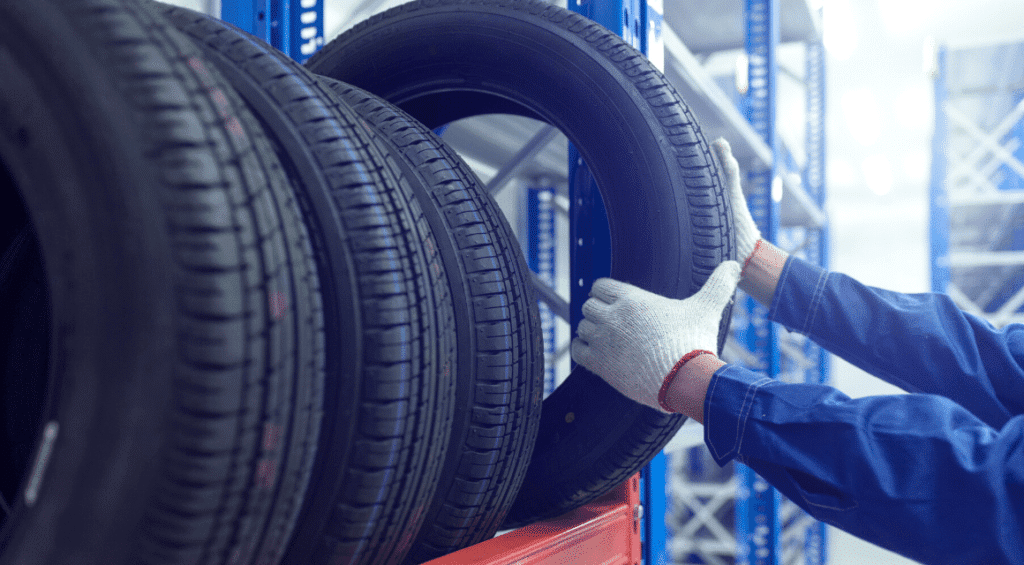

Explore lesser-known facts about tire history, construction, and maintenance for optimal performance and safety.
Tires are an essential component of our vehicles, responsible for keeping us safe on the road. While we may take them for granted, there are fascinating facts about tires that most people are unaware of. Join us as we delve into ten intriguing things about tires that will surprise you.



7. The Speed Rating: Tires are designed to withstand specific speeds, and this is indicated by their speed rating. The speed rating is a letter code found on the tire sidewall, indicating the maximum speed for which the tire is certified. It’s important to match the tire’s speed rating to the speed capabilities of your vehicle.
8. The Role of Tire Treads: The pattern on tire treads is not just for aesthetics; it serves a vital purpose. The intricate grooves, called sipes, help to disperse water on wet roads, reducing the risk of hydroplaning and enhancing traction. Treads also provide grip on different road surfaces, such as snow or mud.
9. Recycling Tires: Tire recycling is crucial for environmental sustainability. Discarded tires can be repurposed in various ways, including being used in construction materials, playground surfaces, and even as fuel for cement kilns. Recycling tires helps reduce waste and conserves resources.
10. The Future of Tires: Advancements in technology continue to shape the tire industry. Companies are researching innovative tire materials, such as bio-based and self-healing materials, to improve durability and reduce environmental impact. Additionally, smart tires embedded with sensors are being developed to monitor tire pressure, temperature, and tread wear in real-time, enhancing safety and performance.

Next time you hop into your vehicle, take a moment to appreciate the incredible engineering behind your tires. From their ancient origins to the cutting-edge technologies of today, tires play a crucial role in our transportation. Remember these ten fascinating facts about tires, and you’ll have a newfound appreciation for these often-overlooked marvels of the automotive world.